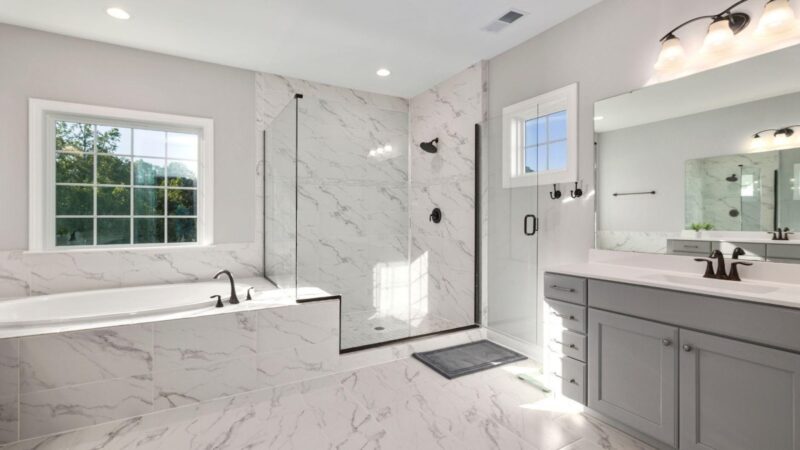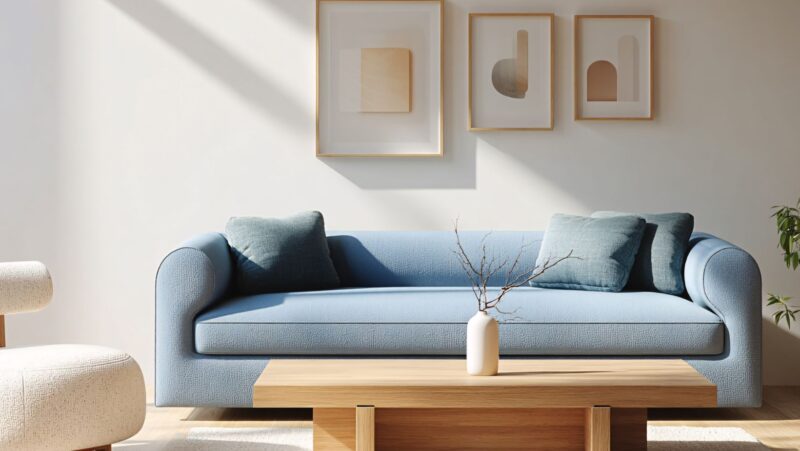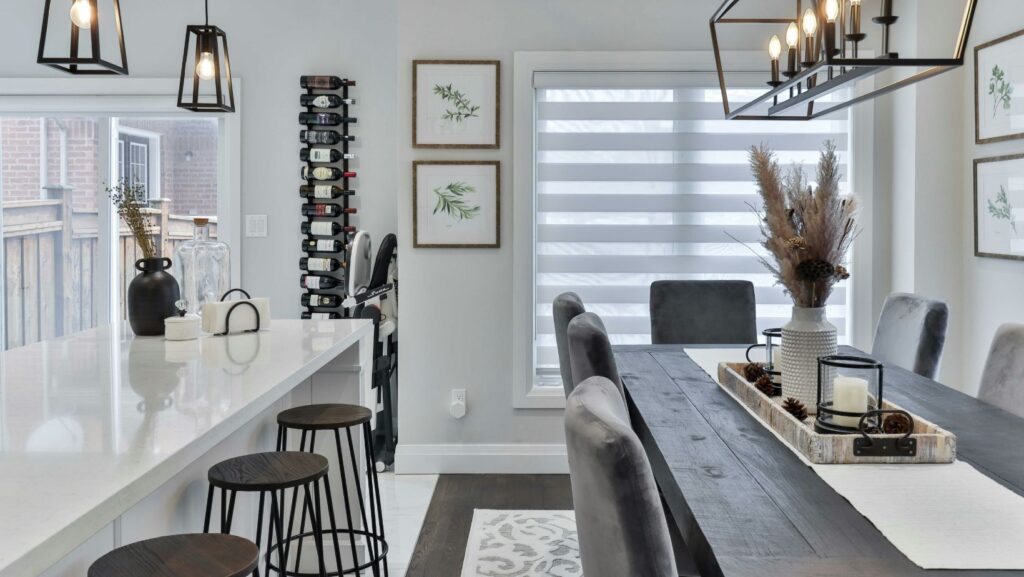
There’s something so magical about artisan tiles. These tiles are so unique that finding a similar look in another home is difficult. When you have artisan tilework in your residence, visitors will blurt out, “I’ve never seen this anywhere else!”
True enough, these artisan tiles breathe energetic life and bring soul to interiors, even those in minimalist designs. Sounds ironic? Let’s explore how these kinds of tiles do their work for interiors crafted with minimalism. But first, what are artisan tiles?
Artisan Tiles in a Nutshell
Artisan tiles are the result of human touch and craftsmanship. Each tile is skillfully handcrafted to create one-of-a-kind characters. Unlike mass-produced options, these tiles carry subtle variations that reflect their maker’s process.
For instance, the colors in handmade ceramic tiles are baked in—not painted on—making them more resistant to fading from sunlight or cleaning agents. This is particularly beneficial in high-use areas like kitchens, patios, or pool surrounds.
A shining example of this is clé’s curated artisan tile designs, which go beyond surface aesthetics to express the emotional language of a space. These tiles don’t just decorate—they communicate. They bring nuance, tone, and narrative into minimalist interiors that would otherwise feel visually silent.
Characteristics of Minimalist Interiors
Before finding out how minimalist interiors work with these artisan tiles, let’s review what a minimalist design is.
Minimalist interior design is that style that puts emphasis on simplicity, functionality, and uncluttered spaces. This is made possible by focusing on the essentials and staying away from unnecessary ornamentation and clutter.
There are several characteristics that this design offers: clean lines, a light and neutral color palette, bright and natural lighting, and the intentional reduction of excess. Let’s take a closer look:
- Simplicity and functionality working together
- Clean lines to create a sense of order and structure
- A neutral color palette for calmness
- Natural light to create a bright and open space
- Restrained use of materials
- Minimal decoration
- Uncluttering
So, those all sound like artisan tiles that break every characteristic of minimalist design. How can one find a compromise?
Photo by Pixabay
Ways Artisan Tiles Unleash the Soul of Minimalist Interiors
1. Material Becomes Memory More Than Surface
When you have artisan tiles, you bid goodbye to unnecessary uniformity. Handcrafted tiles embrace variety. It’s almost like installing a masterpiece painting into your home.
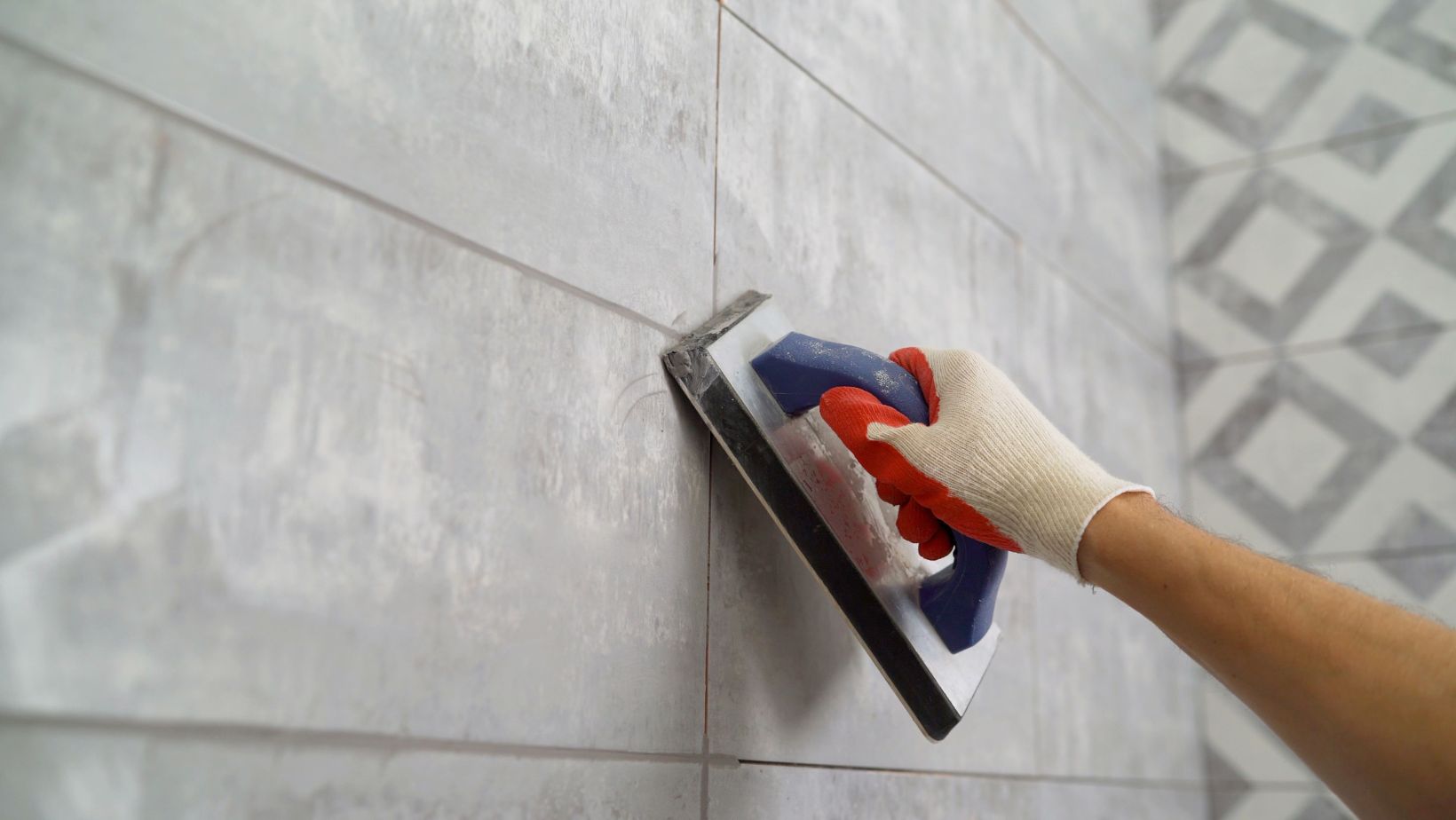
A soft ripple in the glaze. A slight curve at the edge. A hue that shifts in changing light. These may first appear as flaws, but they are features—gestures that create a sense of intimacy in otherwise quiet spaces. When used thoughtfully, they transform walls and floors into crafted canvases.
In that sense, artisan tiles are more than just beauty elements; they hold a narrative.
2. There’s Warmth But With Restraint
In minimalism, it’s like going out to your terrace and facing the sun. It’s plain warmth. While there’s also warmth in handmade tiles, the warmth is restrained. They invite a slower gaze, a closer look.
There’s eerily silent warmth, but then there’s also a play of shadow that exists around. This quiet dynamism of handmade tiles in minimalist design keeps them from exuding a feel of being sterile. There’s still life.
3. There’s Emotion in Geometry
You know minimalist designs lean heavily on form. Everything has its place. Each place has everything. Artisan tiles offer a refined shaping that feels less mechanical and more human. So, where’s the compromise?
Let’s have handmade square tiles as prime examples. They have softly rounded corners that gently contrast with sharp architectural lines. So, there are opposing emotions through geometry, inviting guests to listen more than just to see.
4. Embracing Earth Tones
As their name implies, minimalist design whispers rather than shouts. There are a lot of earth tones: stone, clay, sand, fog, and charcoal. Instead of conflicting with these palettes, artisan tiles embrace such tones, not as a trend but as a grounding force. For instance, soft and glossy tiles against matte surfaces in kitchens elevate the atmosphere without overwhelming it.
5. Crafted Tiles Become Acts of Contrast
In minimalist interiors where clean lines and smooth planes dominate, the introduction of a crafted tile becomes an act of contrast. It’s not about disrupting minimalism—it’s about anchoring it.
Take, for example, a single-tiled backsplash in a minimalist kitchen. A narrow band of vertical tiles outlines a doorway. There’s a tiled ledge that runs along a hallway wall. These gestures are quiet, deliberate, and transformative. They interrupt predictability just enough to reintroduce the human hand.
6. There’s Quiet Drama
Spaces designed with minimalism and layered with artisan tiles evoke a quiet, contemplative drama—one that speaks to both visual subtlety and sensory depth. Picture a room with white walls, white flooring, and a white ceiling.
Now add hand-glazed white tiles: although the color remains consistent, the nuanced texture and sheen introduce an ethereal rhythm.
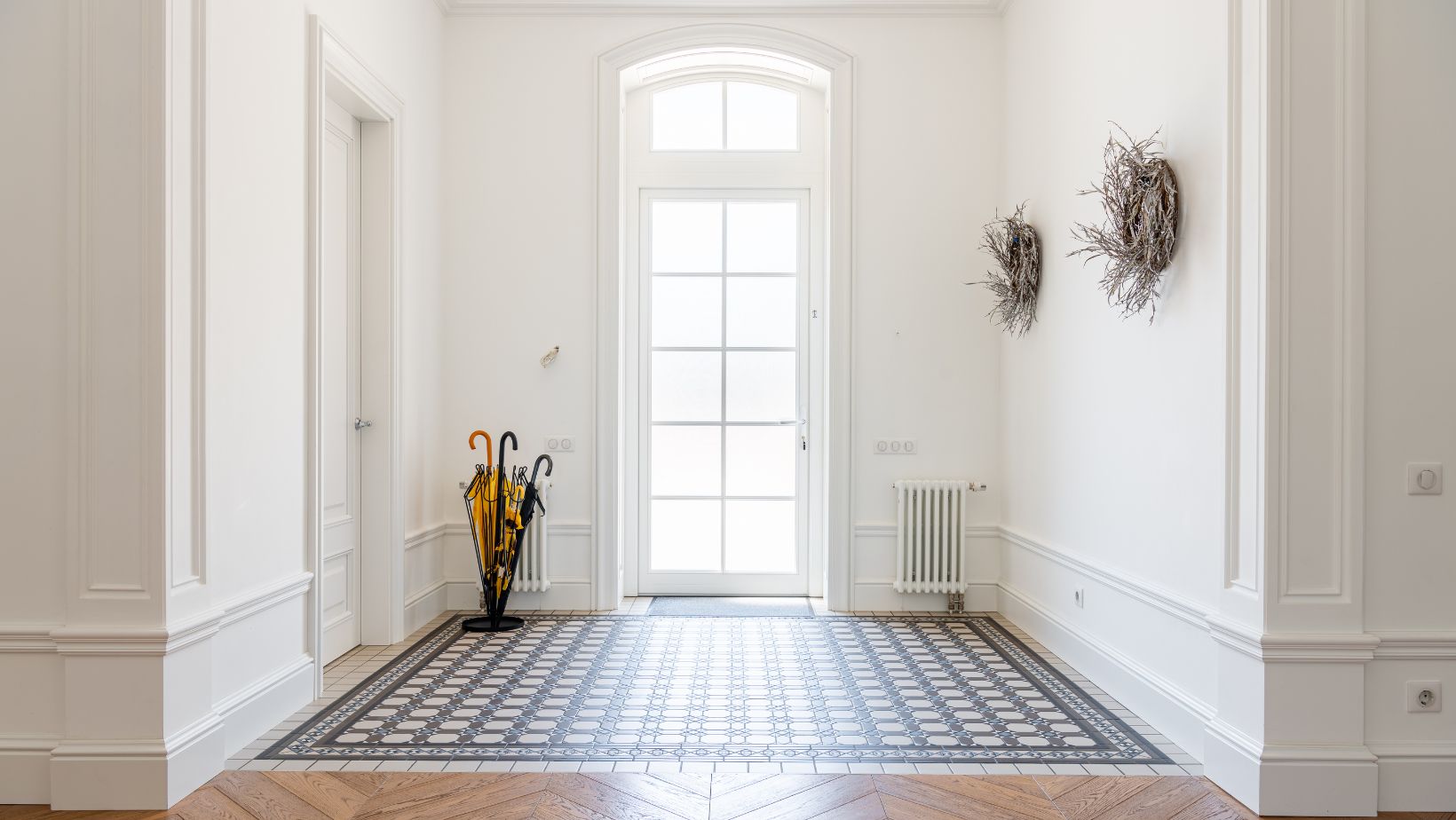
This quiet movement compels the eye to linger—much like the pacing of a well-written book. It’s a design that invites stillness and introspection, making it especially resonant in bibliophile spaces, where the environment is meant to support focused reading, slow living, and deep attention.
7. Craft Meeting With Architecture
Lastly, there’s no denying that artisan tiles meet with your architecture in ways far more than you can ever imagine—something you won’t see unfolding with other types of tiles.
When architects and designers work directly with tilemakers, surfaces evolve beyond the finish. They become deeply integrated elements of spatial storytelling.
Artisan Tiles and Minimalism Are Not Enemies
There’s no reason to think of artisan tiles and minimalist design as opposites. In fact, they amplify each other. True minimalism isn’t about emptiness—it’s about intentional presence. A few design elements embody intention, like artisan tilework.
With their tactile honesty, nuanced imperfections, and intimate connection to craft, artisan tiles turn minimalist spaces into living, breathing interiors. They speak softly, but they resonate deeply.
So, if you’re designing with restraint, don’t forget the surface. A tiled windowsill, a subtly patterned backsplash, or even a bench lined with hand-glazed tiles may be all you need to bring the soul into your space.
Because in a room without ornament, the soul lives in the details.








